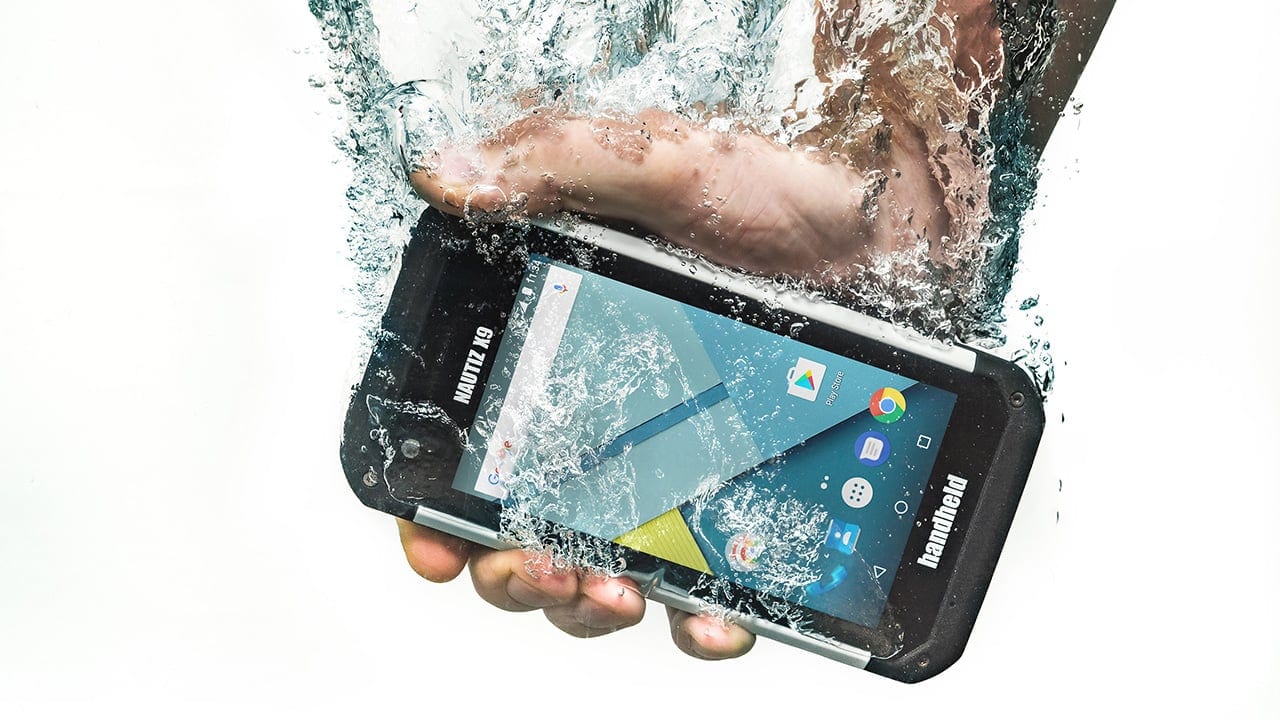From where will the device be dropped?
So how might one go about determining the proper degree of ruggedness? Here are some of the considerations:
A handheld computer will get dropped. It’s just a matter of time. What’s the height it may get dropped from? I am six feet tall. When I stand and use a handheld, the device is about 54 inches above the ground, 4-1/2 feet. If it falls out of my hands while I use it, it’ll fall 4-1/2 feet to whatever surface I am standing on. That could be grass or a trail with pebbles and rocks on it, or anything between. And a user may be taller or shorter than I am. So one might conclude that if the device can reliably survive repeated falls from 5 feet to a reasonably unforgiving surface, such as concrete, we’d be safe. The device could, of course, fall so that its display hits a pointy rock. Or it could slip out of your hands while you’re standing on a ladder. But those are exceptions.

So now we check the MIL-STD-810G on how to conduct a test where a device is dropped from five feet to concrete, and, surprise, there is such a test. If the device passes that test, described in Method 516.6, Procedure IV, all is (reasonably) well.
But do consider that MIL-STD-810G Method 516.6 alone consists of 60 pages of math, physics, statistics, graphs, rules, descriptions, suggestions and quite a technical language. Simply claiming “MIL-STD-810G” is not nearly enough. The device specs must describe the summary result, and supporting documentation should describe the reasoning, specifics, and sign-offs.





